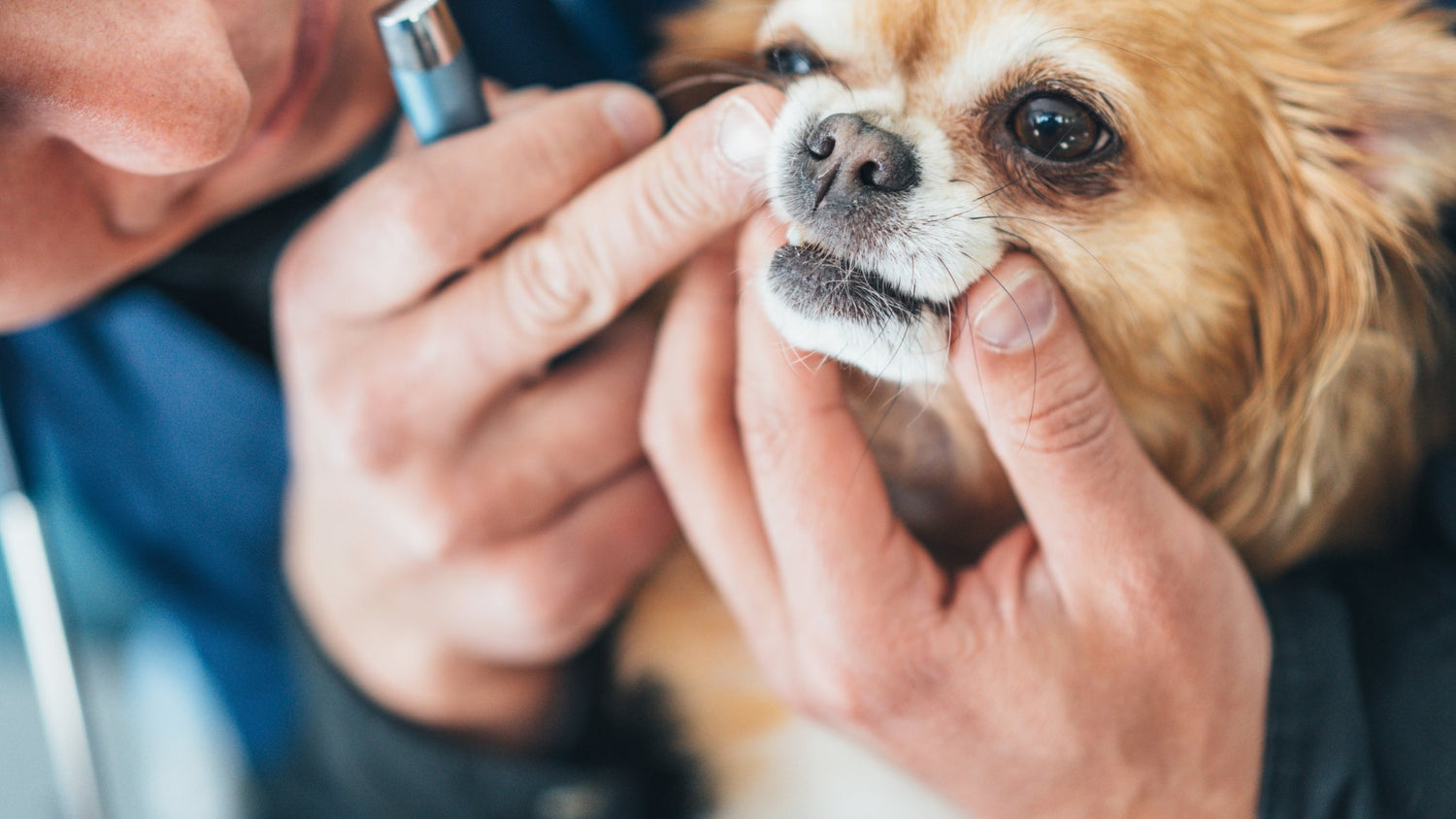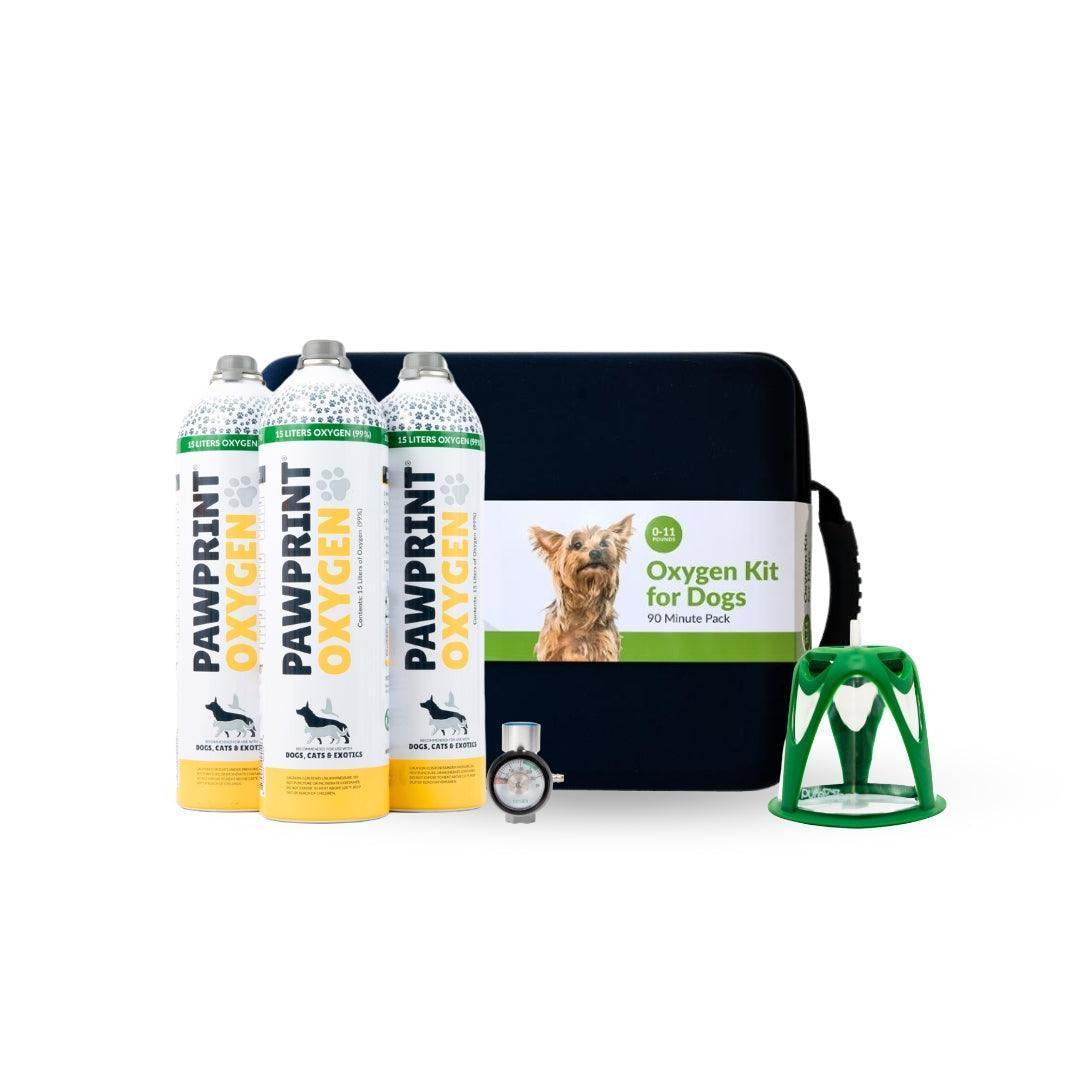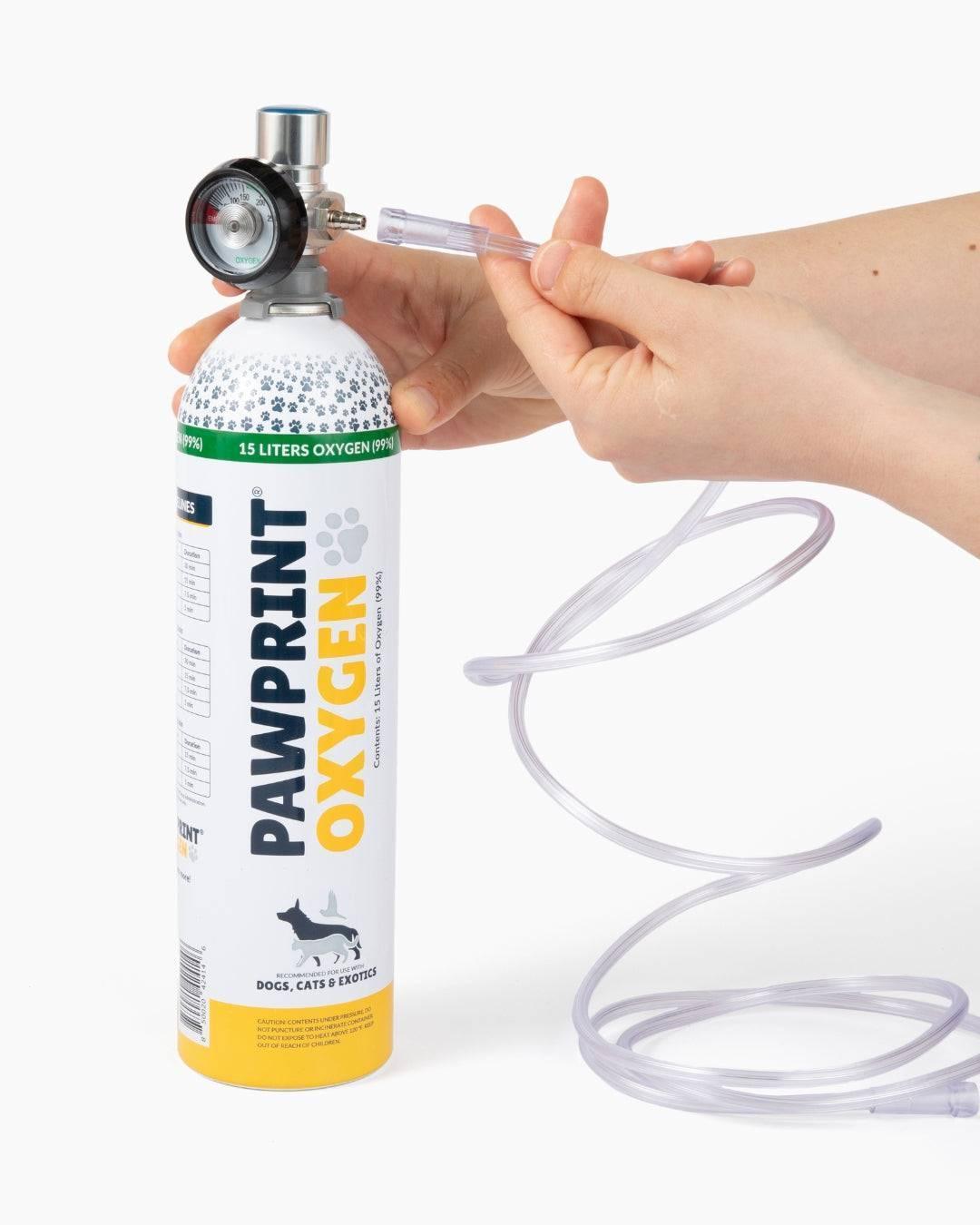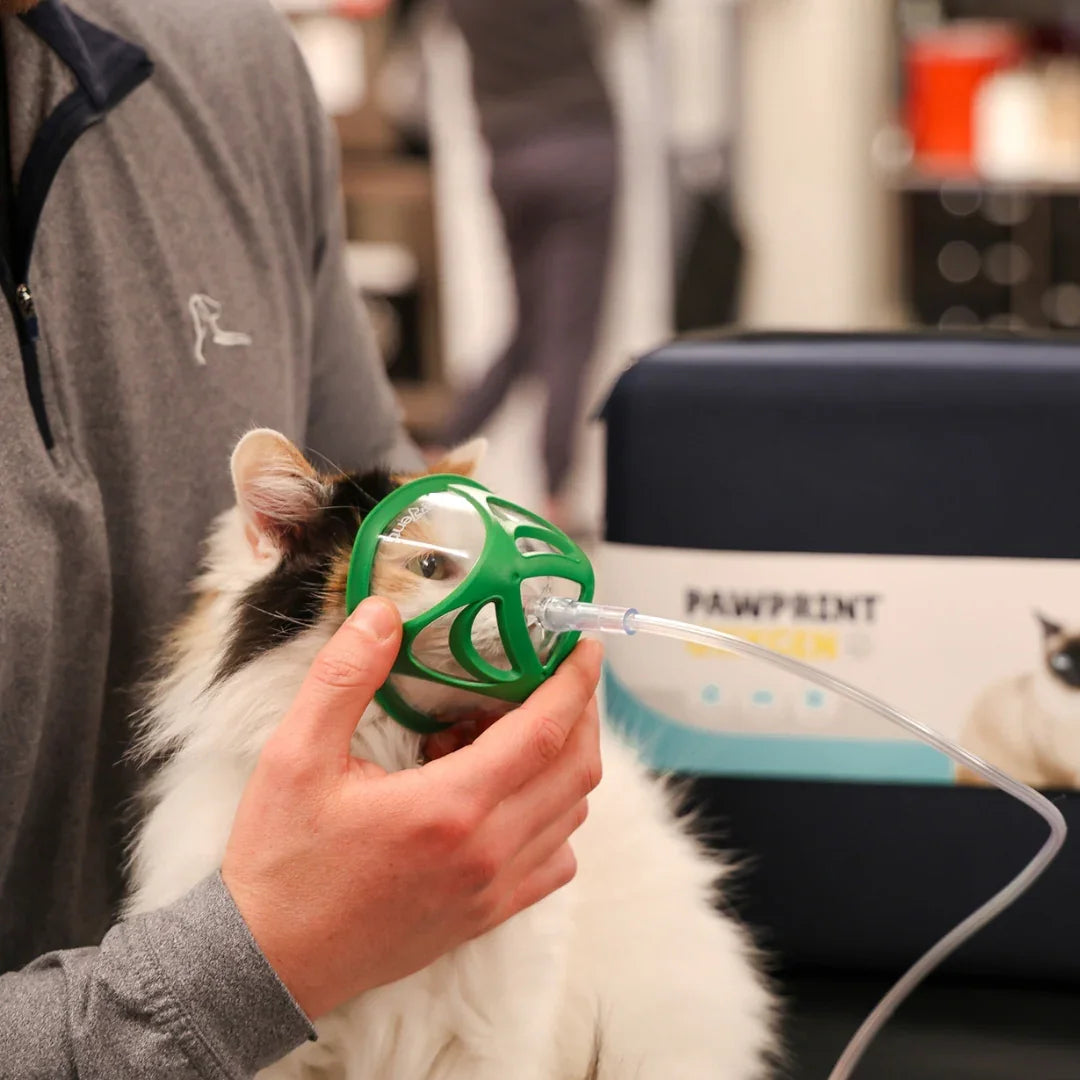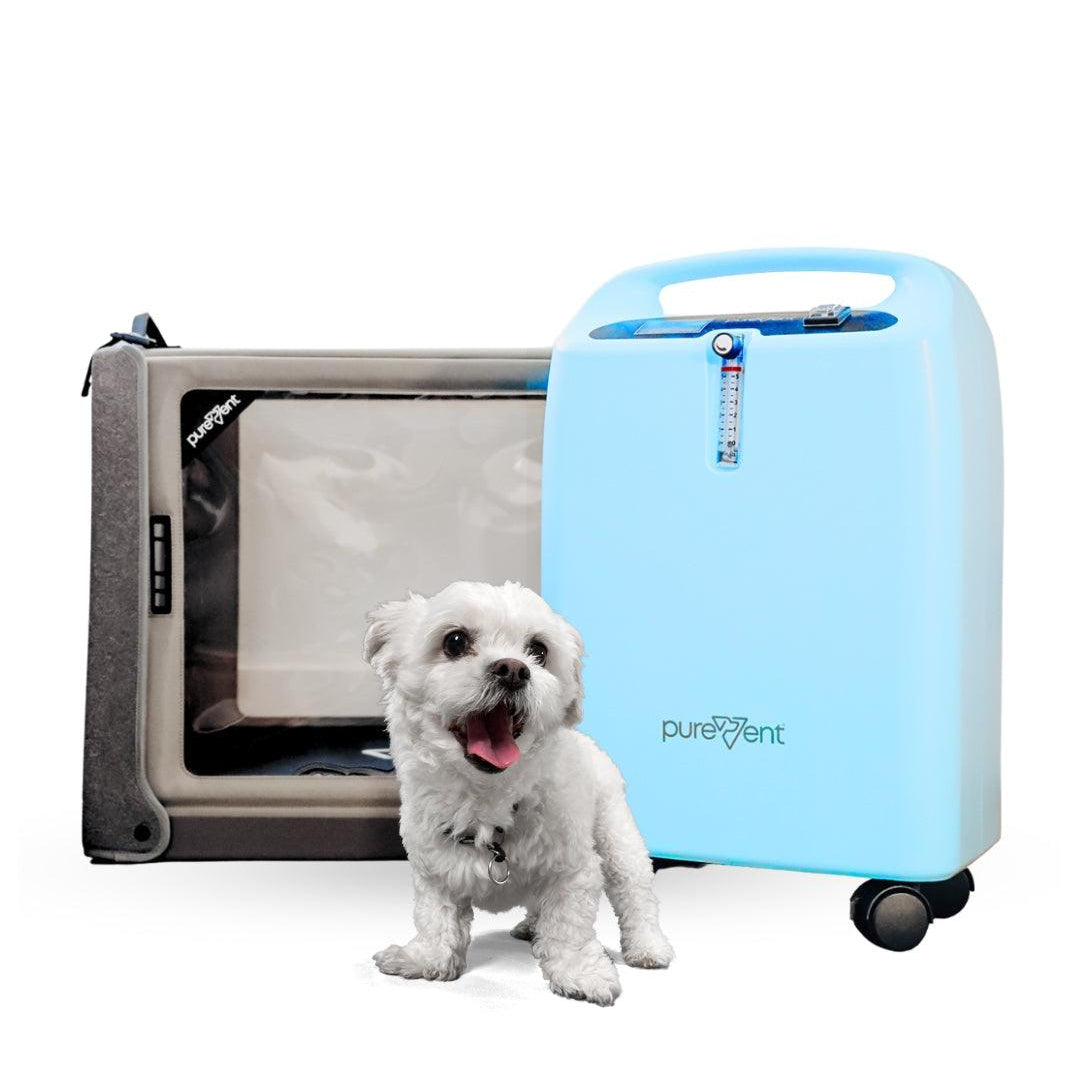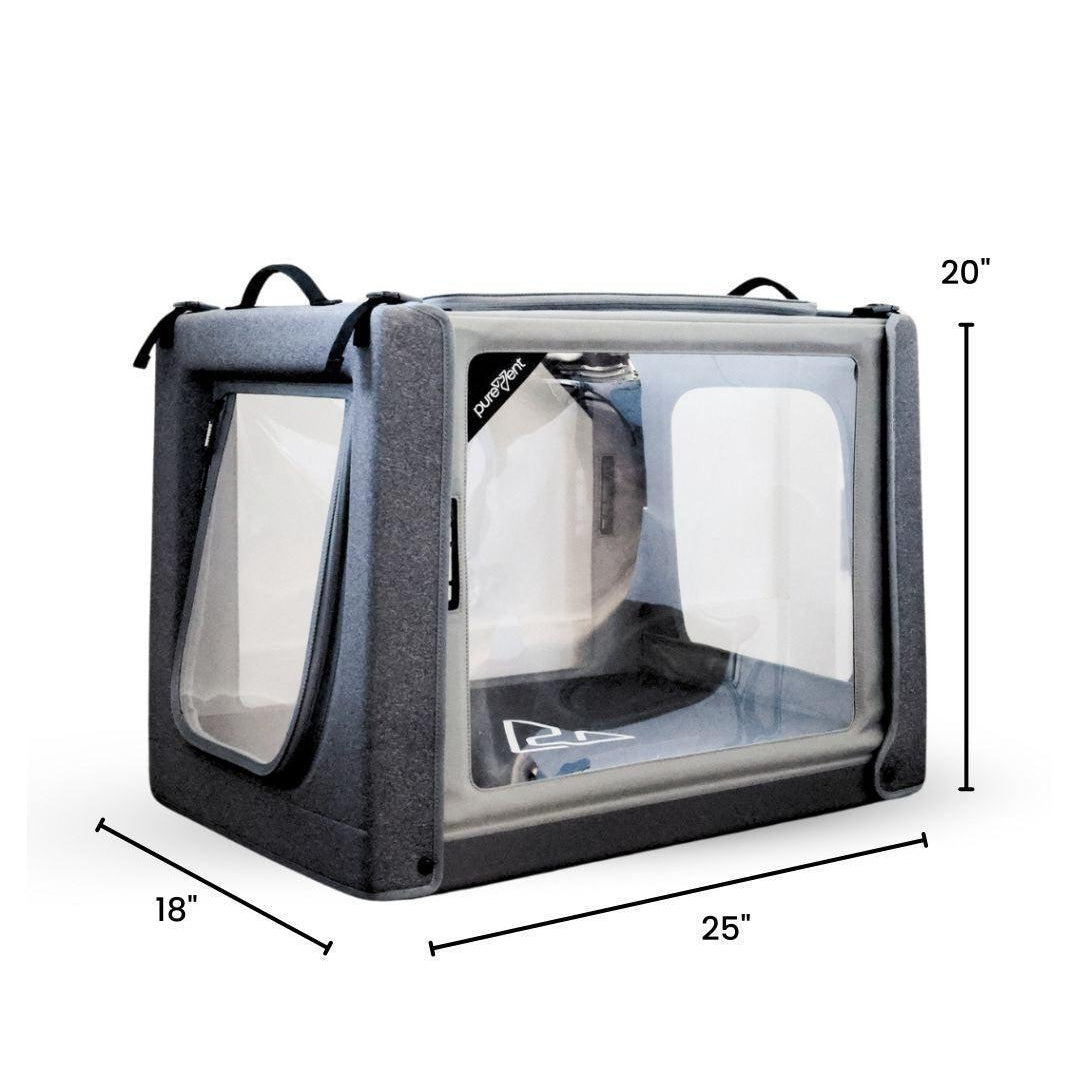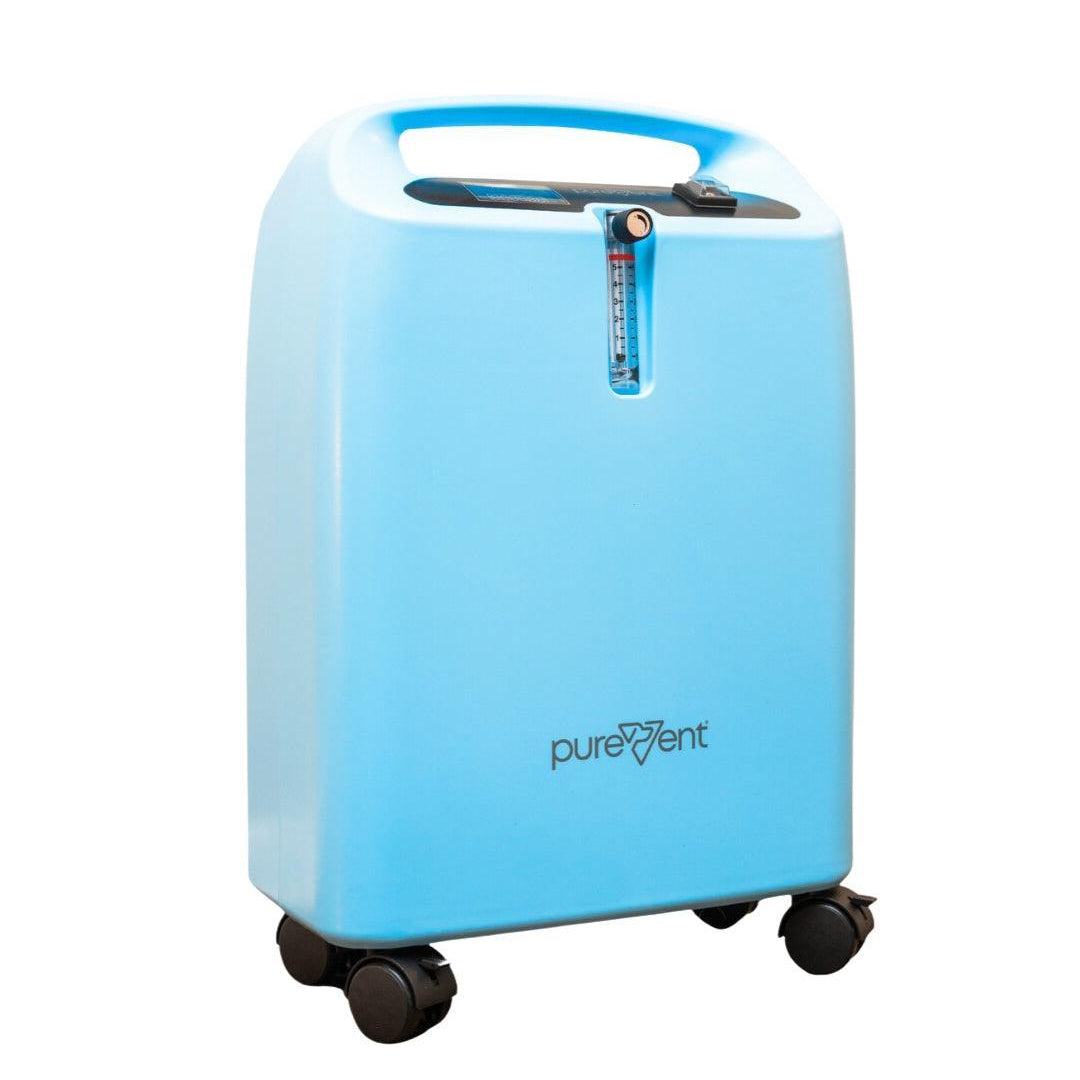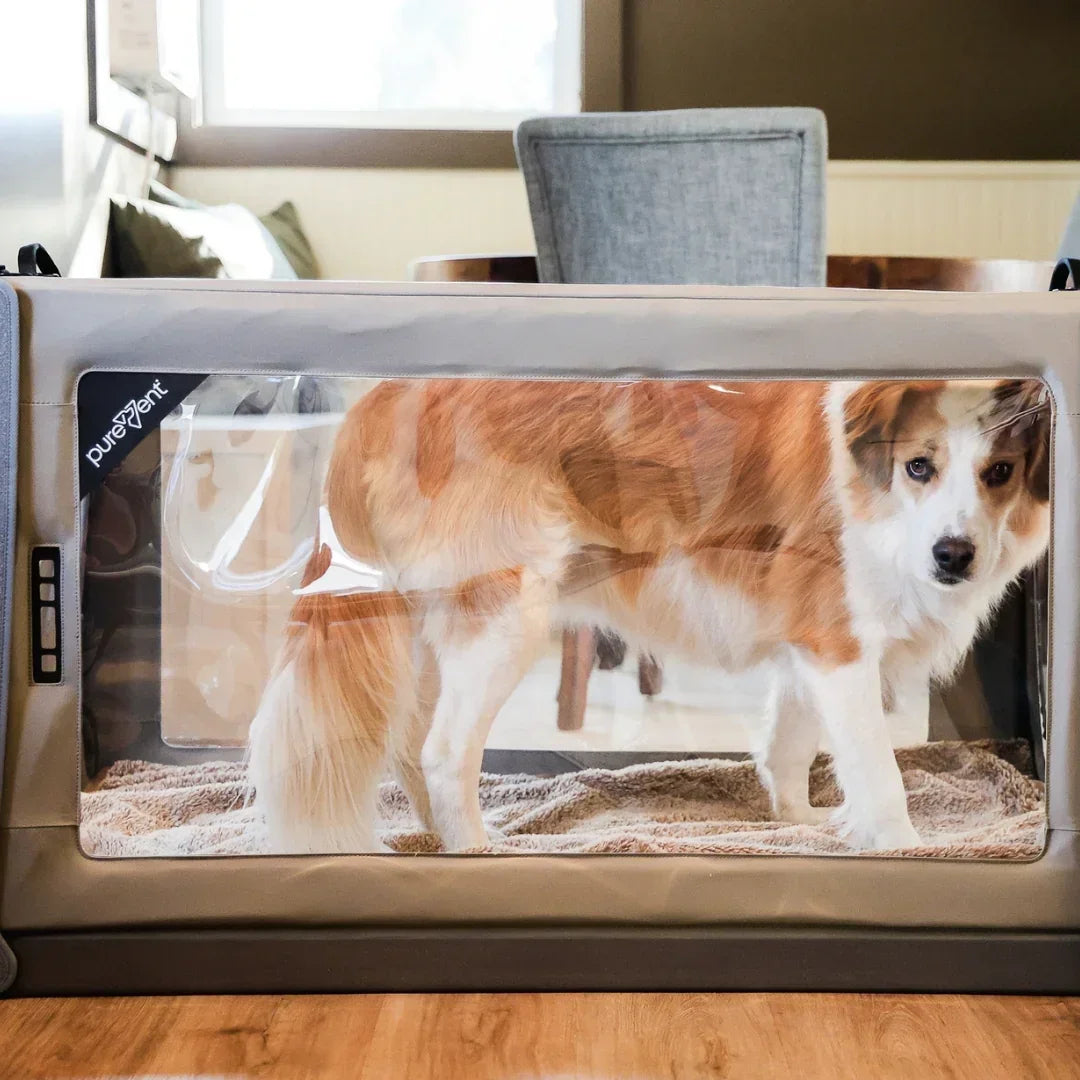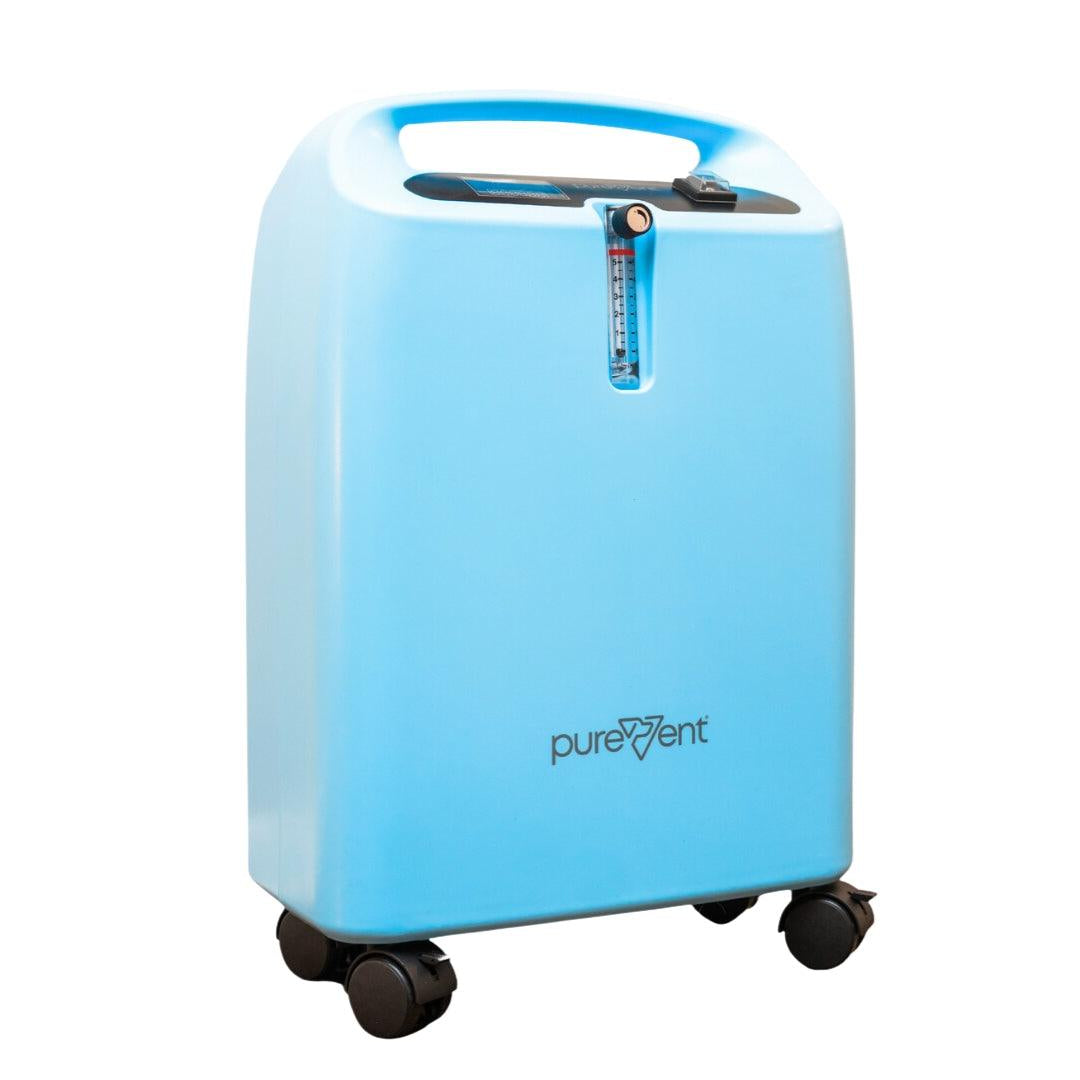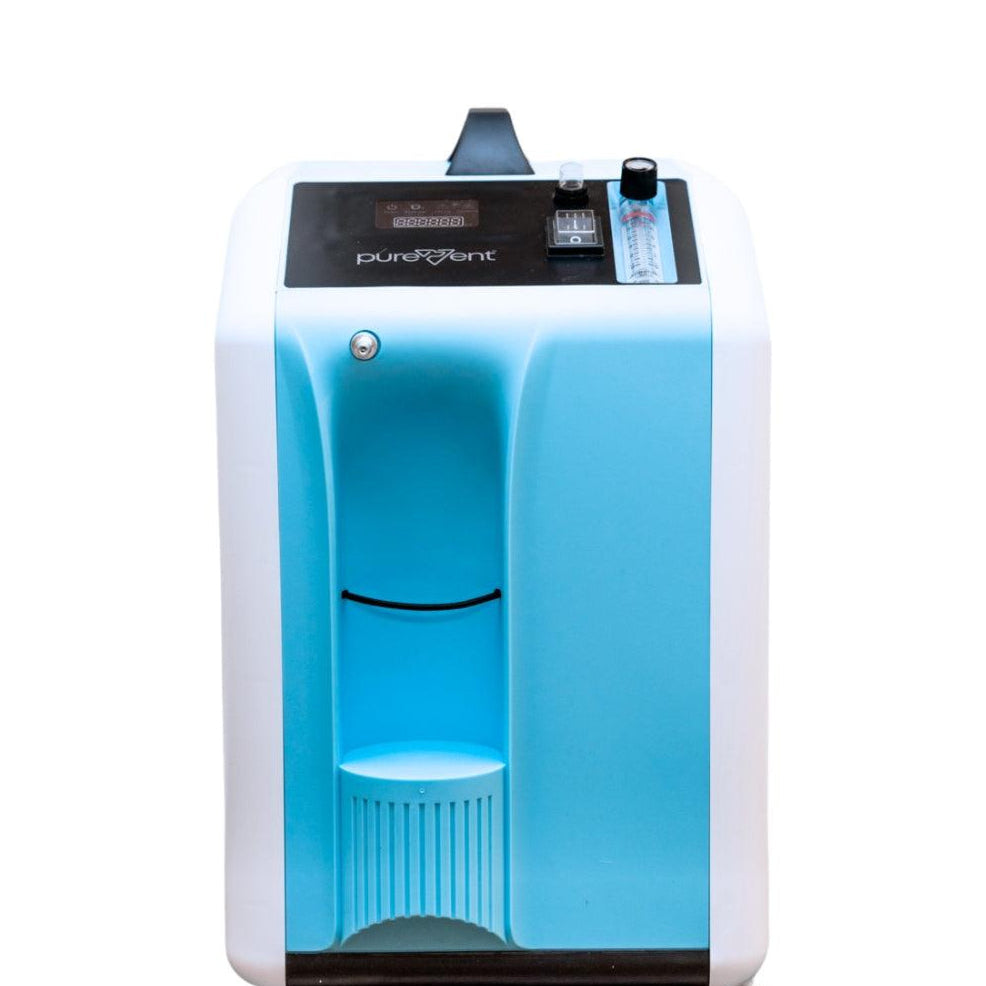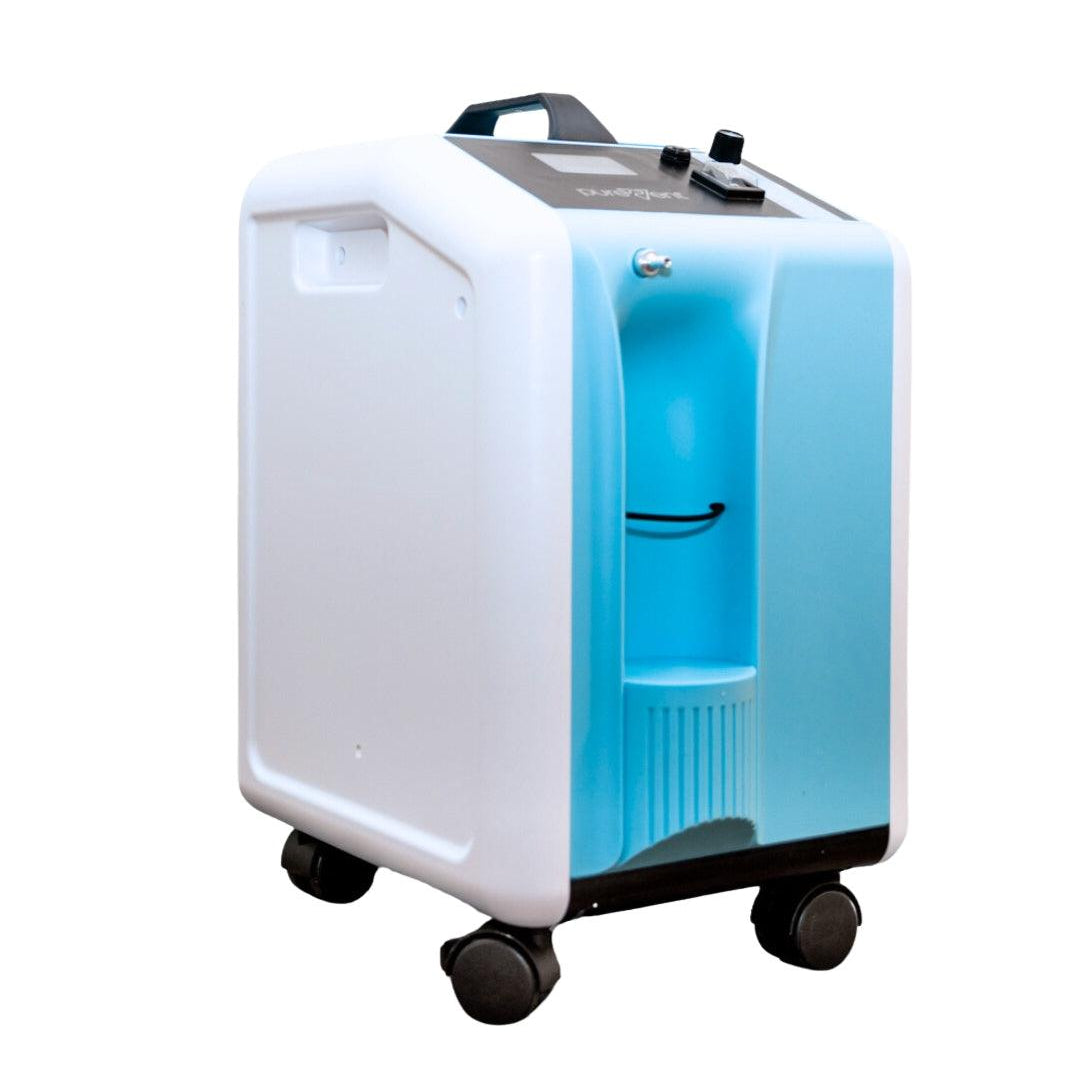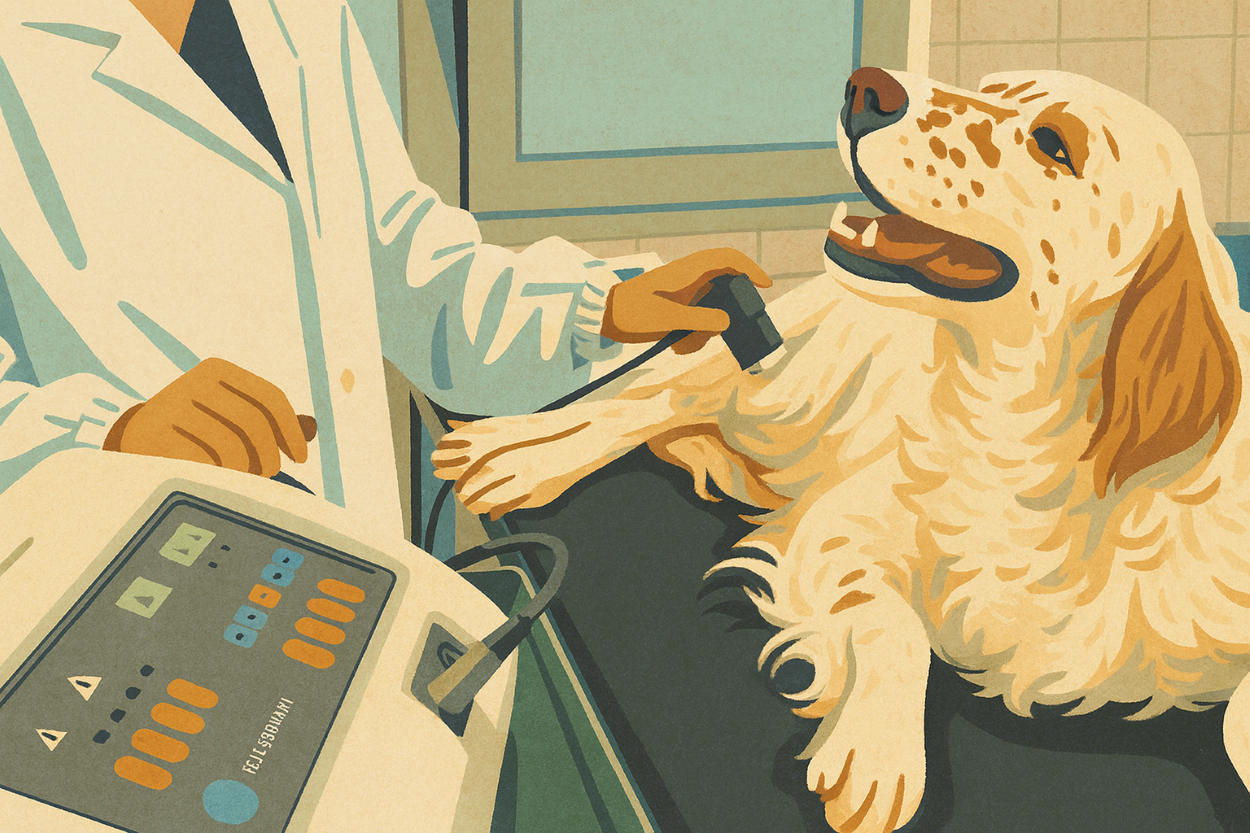Pulmonary hypertension in pets is high blood pressure in the lungs, often caused by heart or lung disease, congenital defects, or infections like heartworm. Symptoms can include breathing difficulties, coughing, fainting, cyanosis, and fatigue. Confirming a diagnosis involves imaging like x-rays and echocardiography, and tests like bloodwork. Treatment focuses on treating the underlying cause of pulmonary hypertension, symptom relief, and oxygen therapy when needed.
Table of Contents
What is Pulmonary Hypertension in Pets?
Pulmonary hypertension (PHT) is high blood pressure in the arteries and capillaries of the lungs, often caused by another underlying disease. Unlike systemic hypertension, which affects the whole body, PHT is limited to the lungs.
Common causes of pulmonary hypertension include:
Pneumonia or chronic bronchitis
Left-sided heart disease or heartworm
Obesity or Cushing’s disease
Immune-mediated diseases or pancreatitis
Pulmonary hypertension is more common in elderly pets, especially small breed dogs, and occurs more often in females than males.
Common Symptoms of Pulmonary Hypertension in Pets
- Exercise intolerance
- Labored or rapid breathing
- Coughing, sometimes with bloody spittle present
- Fainting
- Weight loss
- Abnormal lung sounds (crackles or wheezes)
- Heart murmur
- Cyanosis (when the tongue or gums turn blue or purple)
- Distended abdomen or fluid build-up
- Prominent jugular veins in neck in the limbs
Pulmonary hypertension in pets often results from underlying conditions that raise blood pressure in the arteries of the lungs. Common causes include heart disease (like left-sided congestive heart failure), chronic respiratory issues (such as chronic bronchitis or pulmonary fibrosis), congenital heart defects, and heartworm disease. In addition to treating the root cause, supplemental oxygen provided with Portable Oxygen Kit, can help pets with PHT breathe more comfortably during flare-ups or emergencies. Addressing both the underlying condition and symptom relief is key to improving quality of life for your pet.
Common causes of pulmonary hypertension:
- Birth defects of the heart or lungs
- Coughing (dry or “honking”)
- Abnormal levels of the chemicals that regulate constriction or dilation of the blood vessels
- Fibrosis (scarring of the lung tissue) caused by pneumonia or chronic bronchitis
- Left-sided heart disease, which causes fluid build-up in the lungs
- Living at high altitudes
- Obesity
- Tumors or blood clots blocking the pulmonary artery
- Bacteria in the blood
- Heartworm disease
- Cushing’s disease
- Immune-mediated diseases in which the pet’s immune system targets their own tissues
- Pancreatitis
- Changes to the heart muscle itself
If there is no known cause, then the pet’s primary diagnosis would be idiopathic pulmonary hypertension, which advises that a cause of the increased blood pressure could not be found.
Abnormalities of the Heart and Lungs Can Cause Pulmonary Hypertension in Pets
Heart and lung abnormalities can disrupt normal blood flow and lead to pulmonary hypertension in pets. In a healthy system, the heart pumps deoxygenated blood to the lungs for oxygenation, then sends it to the rest of the body. When this process is impaired—due to narrowed lung vessels, blockages in the main pulmonary artery, high pressure in the left atrium, or excessive blood flow into the lungs—pulmonary hypertension can develop.
How Changes to the Heart Muscle Can Lead To Pulmonary Hypertension in Pets
Changes to the heart muscle itself can also lead to pulmonary hypertension, as it disrupts normal blood flow into and out of the lungs. Unfortunately, pet's hearts can stiffen, enlarge and change with age and is often not preventable.
Common changes to the heart that may lead to pulmonary hypertension:
- Heart muscle may become stiff and not expand to fill with blood appropriately.
- The walls of the heart may become thickened, which prevents the heart from filling and emptying normally.
- The mitral valves of the heart may become narrowed, which causes increased back pressure into the lungs.
- A tumor may form in the upper chambers of the heart.
Diagnosing Pulmonary Hypertension in Your Pet
Diagnosing pulmonary hypertension often involves chest X-rays, blood tests for clotting times and heartworm, and an echocardiogram. Because its symptoms closely resemble those of left-sided congestive heart failure, these imaging tests are essential for confirmation. In some cases, referral to a veterinary cardiologist or cardiopulmonologist is needed for advanced diagnostics and follow-up care. If your pet shows signs of this condition, seek veterinary attention promptly.

Common Pulmonary Hypertension Treatment Options for Pets
Treatment for pulmonary hypertension in pets targets both the underlying cause and symptom relief to improve quality of life. Medications like sildenafil can relax and widen pulmonary arteries, while diuretics, ACE inhibitors, corticosteroids, or bronchodilators may be used depending on whether heart disease or respiratory issues are involved. Pets with heartworm disease require specific antiparasitic therapy, and oxygen therapy may be recommended in severe cases to ease breathing and improve oxygen levels. A tailored treatment plan is essential for each pet’s unique needs.
Common Medications Prescribed for Pulmonary Hypertension
- Vasodilators - (e.g., sildenafil, tadalafil)
- Inodilators - (e.g., pimobendan )
- Bronchodilators - (e.g., albuterol)
- Supplemental oxygen - (e.g., Portable Oxygen Kits or an oxygen concentrator with an oxygen chamber)
- Diuretics - (e.g., Lasix)
Navigating a Pulmonary Hypertension Diagnosis
Pulmonary hypertension can reduce blood flow and oxygen delivery to the lungs while placing extra strain on the right side of the heart, sometimes causing permanent damage. In most cases, treatment focuses on comfort rather than cure, and the prognosis is guarded, though early detection and comprehensive care can help pets stay comfortable. If caused by heartworm disease or a congenital heart defect, successful treatment or surgery may completely resolve the condition. Prognosis ultimately depends on the underlying cause, making this a challenging diagnosis for pet parents.
Is pulmonary hypertension curable or only manageable?
Pulmonary hypertension in pets is usually a manageable, not curable, condition, especially when caused by chronic heart or lung disease. Treatment focuses on addressing the underlying cause, relieving symptoms, and improving quality of life.
However, if the pulmonary hypertension is caused by a treatable issue, such as heartworm disease or a correctable congenital defect, successful treatment or surgery may fully resolve the condition. Early diagnosis greatly improves the chances of a better outcome.
Will my pet need medication for pulmonary hypertension for life?
In many cases, pets with pulmonary hypertension will need medication for life to help control blood pressure in the lungs and manage symptoms. The exact treatment plan depends on the underlying cause, the pet’s overall health, and how well they respond to therapy. Some pets may require multiple medications, while others may only need one or can taper off if the underlying cause is successfully treated. Regular veterinary checkups are essential to monitor progress and adjust medications as needed.
How can I make my home more comfortable for a pet with pulmonary hypertension?
Here are some recommendations for how to make your home comfortable for a pet with pulmonary hypertension:
Keep your pet’s environment calm, stress-free, and at a comfortable temperature.
Limit strenuous activity and provide a quiet, comfortable resting space.
Reduce exposure to triggers like smoke, strong scents, or allergens.
Ensure easy access to fresh water and provide a low-sodium diet if recommended by your vet.
Give prescribed medications and supplemental oxygen as directed.

Giving Your Pet the Best Possible Life
With proper care, pets with pulmonary hypertension can still enjoy a good quality of life. Regular vet visits, stress reduction, limited activity, a low-salt diet, and minimizing environmental triggers can help prevent emergencies. Keeping supplemental oxygen available, giving medications as prescribed, and following treatment plans are key to reducing ER visits. Above all, focus on keeping your pet comfortable, stress-free, and happy for as long as possible.

